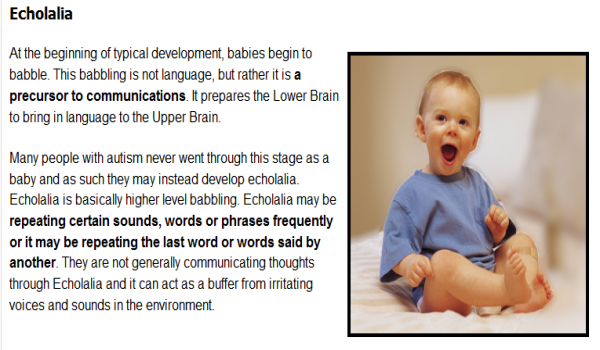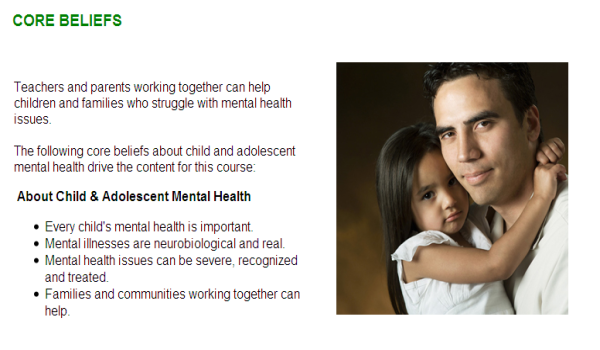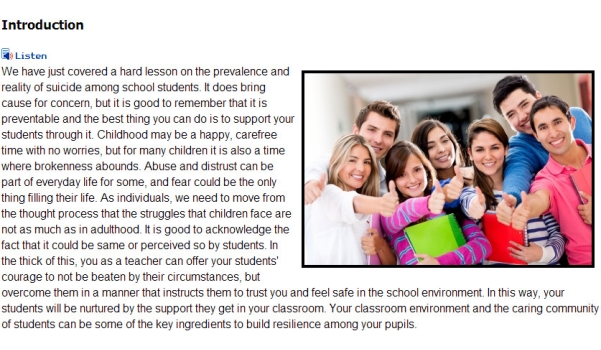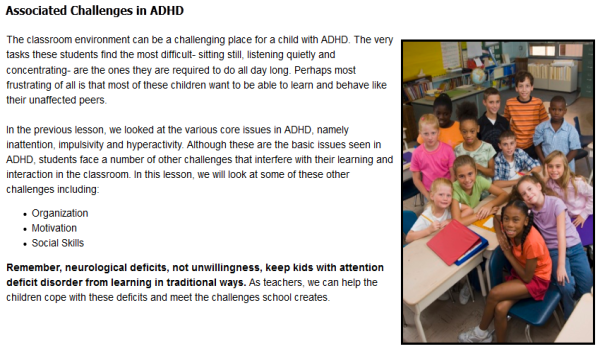PACKAGE: Mental Health (25 Hours)
| Average Ratings | |
|---|---|
| Five Stars | Not Rated |
![]()
![]()
![]()
![]()
![]()
“The format of the online courses is very accessible and easy to use. This is a great benefit considering how precious time can be.”
Educators and parents, by virtue of their roles in a child’s life, are often the first people to notice that a child may be experiencing problems that threaten their mental health. This online course package, has been designed to provide an extensive coverage of the most common of these situations, and give teachers a strong working understanding of each, as well as practical strategies to deal with the wide spectrum of challenges within this umbrella. Teachers will be presented with a basic understanding of the warning signs of early-onset mental illnesses in children and adolescents, ways to strengthen teacher-parent communications and most importantly strategies to teach effectively despite such obstacles. This professional development course package, thus introduces creative activities and strategies that can help promote safe classroom environments, as well as ways to initiate and implement school-wide policies and programs on tolerance and prevention, as appropriate. It provides a variety of tips, adaptations and strategies related to classroom modifications and adaptations that will help maintain a healthy climate of learning within the classroom relevant to a variety of students with special needs including ADHD, Autism, OCD and PTSD. Teachers will also discover methods to communicate more effectively with counselors, special educators and parents and thus fully meet students’ needs. Scroll down to see more information on the courses in this package.
|
Mental Health (25 hours)
|
# Hours
|
|---|---|
|
Bullying Prevention & Policies for Schools
|
5
|
|
Introduction to Autism
|
5
|
|
Recognizing Early-Onset Mental Health Disorders in Children
|
5
|
|
Suicide Prevention
|
5
|
|
Understanding ADHD
|
5
|
|
TOTAL
|
25
|
Bullying Prevention & Policies for Schools
Bullying is a form of aggressive behavior and can be either covert or overt in nature. Bullying incidents vary in their severity and impact. Most mild bullying behavior can be managed by the students themselves. More severe incidents may require intervention from teachers and other school staff. Therefore, schools have a valuable role in supporting students to develop effective ways to relate to others.
The aim of this online course is to enable teachers to build a school culture where bullying has no place, by modeling and fostering healthy social interactions among students. This course helps teachers to develop their understanding of bullying and gives them confidence to respond to and address it. The practical strategies in this course can be adapted by teachers to meet the specific needs of their individual classrooms. Teachers are empowered to prevent and respond to bullying effectively as part of promoting positive environments in which all students can learn and thrive.
Introduction to Autism

Most people today know someone with autism. People on the autism spectrum are in our classes, our neighborhoods and our families. Whether you know a little or a lot about autism, this course will give you useful information about the autism spectrum.
Although everyone on the autism spectrum is an individual, this course outlines a constellation of developmental differences common in autism that lead to the key concerns of social and communication issues.
A person with autism experiences the world in a different way. They think and remember events differently. They react and communicate differently. By understanding the how and why of these differences, you can become one who gains insight.
Understanding some of the different issues people with autism must face can help us to be more understanding and improve our interactions. By understanding how students with autism function, we can make more informed choices in education and care and, maybe most importantly, we can assess our own automatic hard-wired responses that might occur when someone is truly different.
By understanding the underlying components of developmental differences in those on the spectrum, teachers, parents and others can reframe their own preconceived expectations and help support the learning and behavior for those with autism. Learn to more clearly understand the world from the perspective of someone with autism.
Recognizing Early-Onset Mental Health Disorders in Children

As educators and parents we are often, by default, among the first people to notice that a child may be experiencing problems. Completion of this course results in a basic understanding of warning signs of early-onset mental illness in children and adolescents which is useful to professional teaching and learning as it strengthens teacher-parent communications. Topics covered in this course:
- What is mental illness
- Parent stages
- Communications
- What teachers can do
- Attention Deficit Hyperactive Disorder
- Oppositional Defiant Disorder
- Conduct Disorder
- Depression
- Bipolar Disorder
- Anxiety
- Schizophrenia
With teen suicides on the rise, suicide prevention is an important issue and teacher awareness is crucial. This course helps teachers understand suicide and how it can be prevented. Teachers will learn to identify early signs of suicide ideations and will be equipped with basic tools to help students. Teachers will be introduced creative activities and strategies that can help promote safe classroom environments. The course also equips teachers to work together with the school to initiate and implement school-wide policies and programs on suicide prevention.
Have you ever come across a child who’s always on the move? They might have had ADHD. Attention Deficit Hyperactivity disorder or ADHD is seen commonly in today’s classroom. Children with this condition are restless, find it difficult to sit, are very impulsive and have a very short attention span. On the other hand they are also very intelligent and creative.
These energetic students can often disrupt a classroom. Thus, it becomes even more important for teachers to understand what this condition is all about and learn strategies to teach a child with ADHD.
This course does just that for you. It provides a variety of tips, adaptations and strategies that you can use while working in the classroom. You will learn about classroom modifications and adaptations that will help maintain order in the classroom. You will also discover methods for communicating more clearly with special educators and parents about their children. This course helps teachers gain confidence in not only handling ADHD, but also other students who are energetic, hyperactive or have difficulty paying attention.



Reviews
No Reviews of “PACKAGE: Mental Health (25 Hours)” yet.